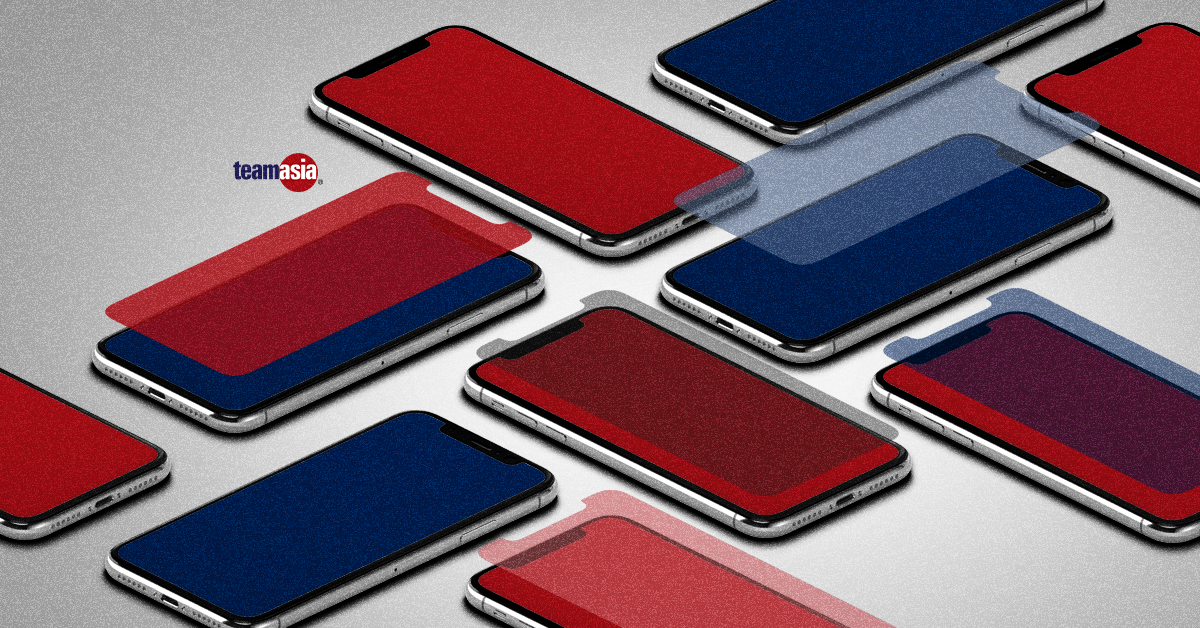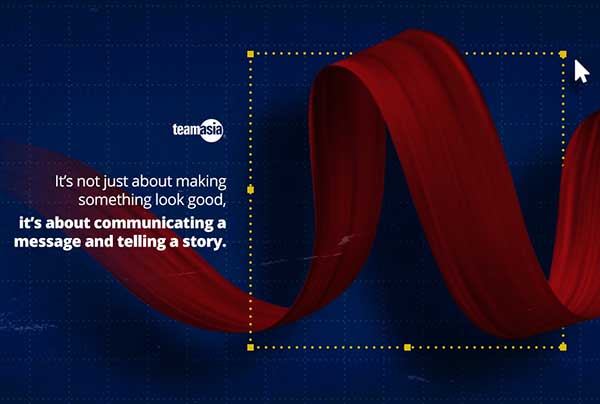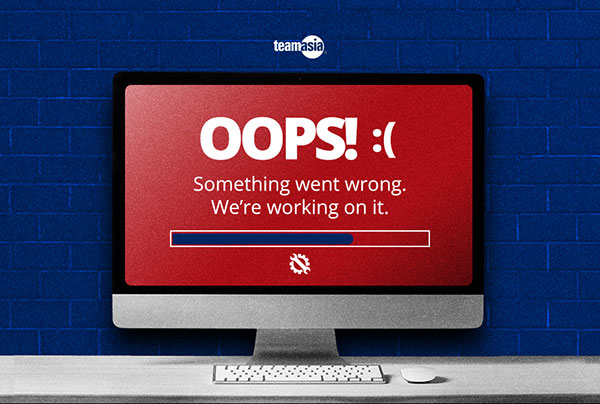What is The History of Web Design? A Brief Walkthrough
By J Darell Sapin, Website Development Expert

Learning to adapt to changing times is the best thing one can experience in life. After all, the only thing that’s real and constant in this world is change, and being able to keep up with it is really an achievement. This is what I like about websites and their chosen way of access on the internet’s web browser. Through time, web design has always been so flexible, agile, and ready for any transformation. Thanks to technology, it never lagged behind all the digital innovations of today.
The Era of Mosaic Web Browser
The need to access the World Wide Web (www) began in 1990 — the time when the Internet started to take form. Back then, the only way to access the internet was through the WorldWideWeb browser (which was later in its years it renamed to Nexus). The servers that hosted the internet grew exponentially after its release. Through time, it developed the ability to also incorporate imagery on its web browsers.
In 1993, the Mosaic web browser hopped on the internet train and became a popular tool for surfing textual and image libraries. Then, from 1994 to 1995 browsers started to improve with the help of Netscape Navigator and Internet Explorer.
The Founding of the Modern Browsers
As innovations in technology continued, the internet expanded its library of information. More web browsers were developed to keep up with the changing capabilities of the websites.
The early 2000s saw the rise of the Mozilla project with Firefox becoming its most popular version. The Opera browser, which was first released in 1996, became a staple as well not just on desktop computers but also on handheld devices and gaming platforms – most notably on the Nintendo systems.
In an unprecedented move at that time, Microsoft included Internet Explorer into its Operating System (OS) bundle as part of the core software and discontinued its compatibility with the Macintosh operating system. This pushed Macintosh’s developer – Apple – to create its own browser: Safari.
As years passed, more and more browsers were either deemed obsolete or have been improved significantly. In 2008, Google Chrome was released along with Mozilla Firefox 3 which started a whole new series of upgrades that allowed users to access several HTML improvements through the course of the decade. More and more browsers started to adhere to the W3 standards, which is how HTML improvements are being interpreted by the web servers.
Then came Smartphones
As communication technology continues to advance, so has the demand to access information on the internet. With the Android OS and iOS being added to most phones today, the birth of smartphone internet browsing also birthed mobile responsiveness.
Subdomains were added to the practice of web design to have a look and feel that fit smartphone screens. But even that technology was upgraded to HTML 4 & 5 and CSS techniques @media rules that eventually evolved to the use of bootstrap CSS — which is now standard in implementing mobile responsiveness into websites.
Conclusion
These technological advances, along with the creativity that comes with it, allowed a plethora of websites to be accessed both on desktops and mobile devices. Big websites online, like social media giants Facebook and Twitter, implemented mobile views for those not accessing them via their apps. Knowledge sites such as Wikipedia also made their sites adaptable to mobile screens. Even building websites evolved by implementing a mobile-first approach to its conceptualization, design, and development to better fit into today’s views.
It was a welcoming development. Website statistics showed that most websites today are mostly viewed with mobile devices rather than desktops or laptop computers. And, as people tend to shift away from bulky screens for the screens in the palm of their hands, one has to think that this is the current trend in this ever-changing world.
Want to Make Sure Your Web Design is Up to Date?
TeamAsia is an organization that has seen the evolution of screens from the simple days of text browsers to the intricate designs formed on mobile devices. We have been refining the craft of web development over the years to ensure that it is competitive and up to standard for the world wide web. We’ve been able to take our clientele from simple sites to beautifully executed websites that capture the essence of our client’s identity and presence online. TeamAsia’s Web and Digital team can help you in keeping your website updated with the current tech trends on the internet.
If you need assistance in creating a mobile responsive web design that is also lead-generating, talk to the website development experts! Contact us through our Marketing Lead, Erika de Leon at info@teamasia.com, and we can help you turn your website woes into website wows!





